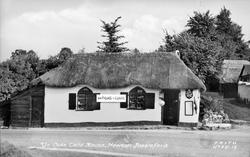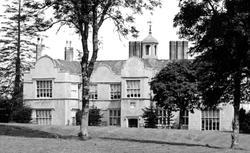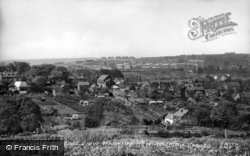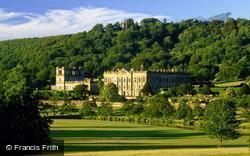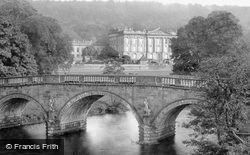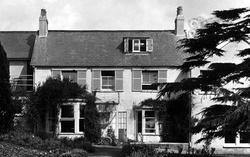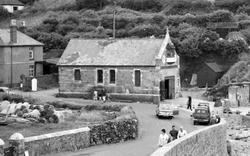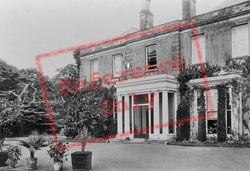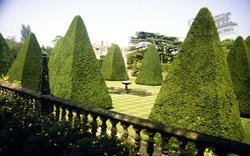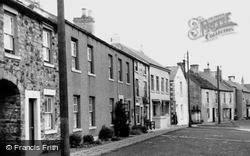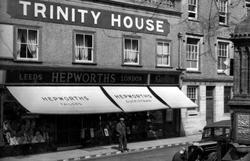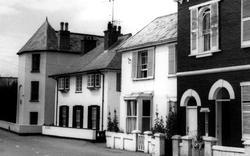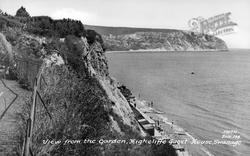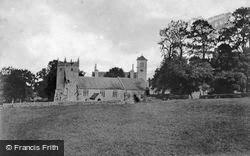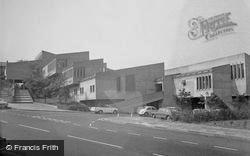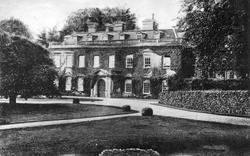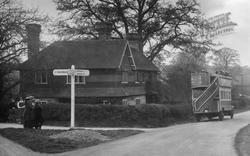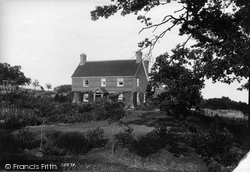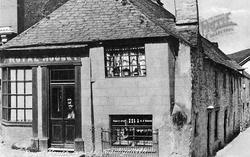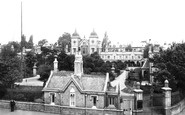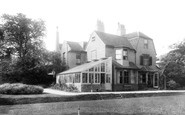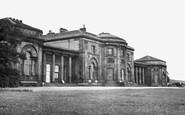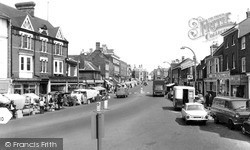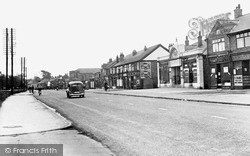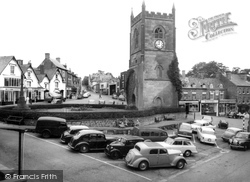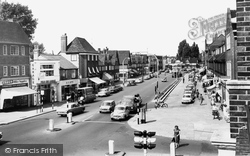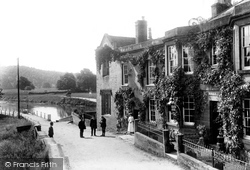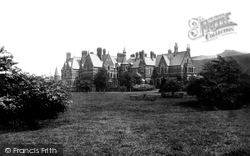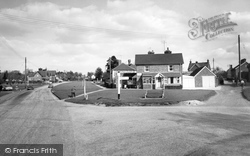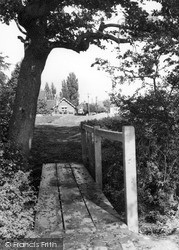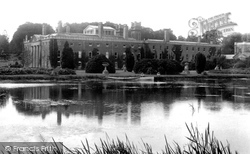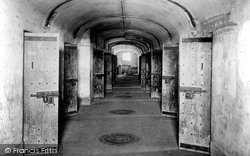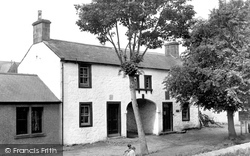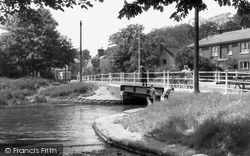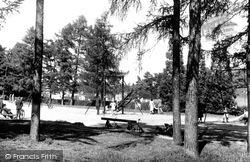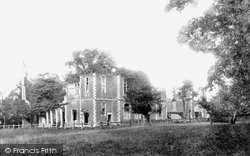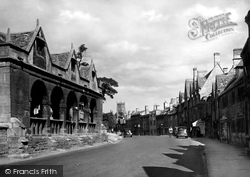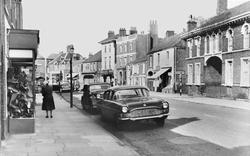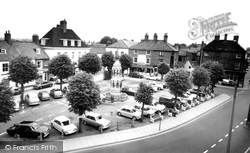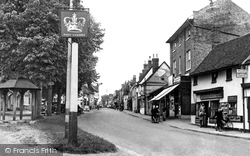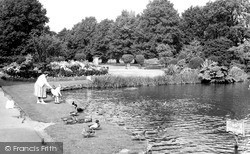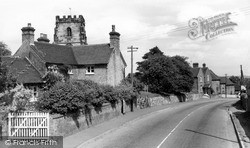Places
36 places found.
Those places high-lighted have photos. All locations may have maps, books and memories.
- Chatsworth House, Derbyshire
- Osborne House, Isle of Wight
- Brambletye House, Sussex
- Ickworth House, Suffolk
- Kingston Lacy House, Dorset
- Boscobel House, Shropshire
- Preshute House, Wiltshire
- Bolton Houses, Lancashire
- Brick Houses, Yorkshire
- Quaking Houses, Durham
- Water Houses, Yorkshire
- Bottom House, Staffordshire
- New House, Kent
- Mite Houses, Cumbria
- Lyneham House, Devon
- Church Houses, Yorkshire
- Dye House, Northumberland
- Spittal Houses, Yorkshire
- Street Houses, Yorkshire
- Tow House, Northumberland
- Halfway House, Shropshire
- Halfway Houses, Kent
- High Houses, Essex
- Flush House, Yorkshire
- White House, Suffolk
- Wood House, Lancashire
- Bank Houses, Lancashire
- Lower House, Cheshire
- Marsh Houses, Lancashire
- Chapel House, Lancashire
- Close House, Durham
- Guard House, Yorkshire
- Hundle Houses, Lincolnshire
- Hundred House, Powys
- Thorley Houses, Hertfordshire
- School House, Dorset
Photos
6,747 photos found. Showing results 1,161 to 1,180.
Maps
370 maps found.
Books
Sorry, no books were found that related to your search.
Memories
10,362 memories found. Showing results 581 to 590.
Waterman's Almhouses
As a small child, I lived in Beckenham, and we used visit my grandmother who lived in a flat in Queen Adelaide Court. From her lounge window we could see the Almshouses. At that age I did not have any real understanding of what ...Read more
A memory of Penge in 1965 by
I Lived Opposite When Fort House Was Bombed
I remember seeing the house before and after the bomb struck. The front of the house was demolished leaving just the front of the ground and first floor hanging there. At the time I lived opposite and the upper floors of our home collapsed as well.
A memory of Gravesend in 1945 by
John Francis Donald
Hi, my name is Jean. I have been doing my family history for a while now, but cannot find anything at all about my grandfather John Francis Donald. All I know is that he lived on the green and before that in the Coulton by the ...Read more
A memory of Gainford in 1920 by
Aber/Blaengwynfi Silver Prize Band Thankyou For The Music!
I grew up in Blaengwynfi in the 1950s/60s. My father was Don Davies, and he was band-master during most of those years. He'd joined the band in the 30s when he'd been forced to leave ...Read more
A memory of Blaengwynfi by
James Joseph Irvine (Autobiography) 1911 1990
Stretching over about a mile on the A68 road to Edinburgh from Darlington, lies the small mining town of Tow Law. Approaching it from Elm Park Road Ends, on a clear day, as you pass the various openings ...Read more
A memory of Tow Law in 1930 by
My Paper Round
I worked as a paper boy at Newby's in Taunton Lane. I got up at 5 am and went to the shed behind the shop to sort and mark-up the papers. I then did 2 rounds before school for 6/- a week per round and 5/- for the marking up; a ...Read more
A memory of Old Coulsdon in 1959 by
Great Haseley
I was five when I moved to Great Haseley from Newington, near Stadhampton, with my mother, father and brother. The year was 1957 and Horse Close Cottages was a new housing estate - we were thrilled to have a bathroom and an ...Read more
A memory of Great Haseley by
Eastwood Nottinghamshire
I lived with my grandmother (Elizabeth Jones), mother and sister at 72 Church Street Eastwood until I was about 7 years old (1956). My grandmother owned 4 (possibly 5) cottages in a row (ours being number 72) in Church ...Read more
A memory of Eastwood in 1954 by
My Memories
There is a museum inside this building which is only open to the public on certain days. This is one of my early memories of Healton Park, when I was a child my parents took me and my sister for a day out, to the park. Later we ...Read more
A memory of Prestwich in 2011
St Albans Summer Holidays In The 1950s
A child from Thanet taking annual last week of August holidays with an adored great aunt at Chiswell Green, travelling by train to Victoria Station, London, taking the Greenline to ...Read more
A memory of Frogmore in 1953 by
Your search returned a large number of results. Please try to refine your search further.
Captions
6,914 captions found. Showing results 1,393 to 1,416.
The Black Lion public house on the right was originally on the opposite side of the road. In 1793, the site that now carries the name was known as the Sow and Pigs.
This is one of three monuments erected on the Sykes estate; it is directly opposite Sledmere House, and was erected in 1919.
The village was built to house the coalminers of nearby Costhorpe Colliery, now closed.
The war memorial and car park occupy land on which Coleford's Market House once stood. When the English Civil War began in 1642, Parliamentary troops were garrisoned in Coleford.
Among the old buildings, close to the new centre, is Barn House, an early barn conversion of little merit, Field End Farm House, Field End Lodge and Retreat Cottage, all timber-framed.
They had between them several houses, and in the garden of each they planted a mulberry tree - school children from the village dance around the one at Shrubbery House.
Here we see Hutton Hall from the north, showing the main entrance and driveway, the view that house party guests would first see upon arriving by carriage, having been brought up from the Pease's
There are connections with the Sussex iron industry, for an ironmaster once lived here.The 17th-century house Birch Grove was the home of Harold Macmillan, the former Prime Minister.
In the distance is the ornamental gable of the village school built in 1876, now a house called, unsurprisingly, The Old School House.
Most of the houses are 19th-century, including the shop (dated 1881) on the corner of Ray Lane beyond the now relocated war memorial cross. It is now a private house called The Old Post Office.
This unspoiled row of 16th- and 17th-century half-timbered houses facing onto the church was built and owned mainly by small farmers and tradesmen, who formed the backbone of the rural affluent society
Beside the waters of the Great Stour, this great house in its pleasant parkland marks the original birthplace in 1380 of Cardinal Kempe, the ecclesiastical statesman.
In 1967 the building was converted to house the Pembrokeshire County Museum and Records Office. The latter is still housed there today.
The writer and social historian Thomas Carlyle was born in this house in 1795. It had been built by Carlyle's father and uncle just four years before—they were both stonemasons in the village.
On the right is the old mill house, now converted into flats. Left centre, just beyond the van, is a glimpse of the Prince of Wales public house.
The recreation ground was created from a part of the extensive grounds of what was originally a private house called St Clair.
A mile or so north of Ampthill, we divert right to visit the ruins of Houghton House.
This made Hicks a powerful landowner in the area, and to proclaim the fact he built himself an impressive seat named Campden House.
Then comes the HSBC bank followed by a building dated 1789 which now houses Calthop, solicitors. The pub, the Horse and Groom, is followed by the Central Fish Bar.
The Butter Market of 1853 (centre) is now Achurch Hardware Store, and the snack bar next door is now a pizza and kebab house.
The tall house on the right was the Manse - it became a shop in the 1930s. The white building behind the RAC sign (right) was at one time the Master Tanner's House.
As well as the usual statutory facilities, such as tennis courts and a football ground, there is an attractive series of lakes and ponds, as well as Broomfield House with its stableyard, an early 18th-century
The short battlemented tower adorns an attractive group of 18th- and 19th-century houses at the south-eastern end of the village.
East Park was developed after 1880 with terraces of artisan housing, mostly built by James Longley and Sons who moved here from Turners Hill.
Places (80)
Photos (6747)
Memories (10362)
Books (0)
Maps (370)


